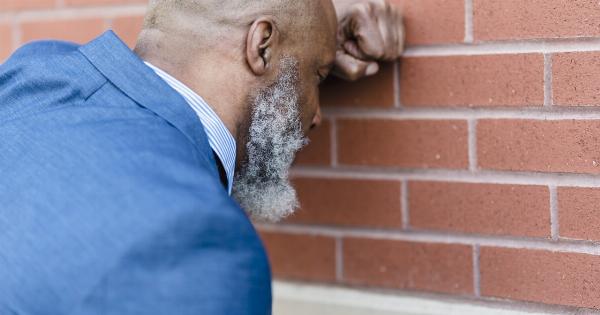Venous failure is a condition where the veins are unable to return blood from the legs to the heart. This can cause swelling, pain and discomfort in the legs and can affect a person’s mobility and quality of life.
In this article, we will discuss some strategies for managing venous failure to improve your quality of life.
Understanding Venous Failure
Venous failure occurs when the valves in the veins of the legs become damaged or weak. These valves act as one-way gates, ensuring that blood flows towards the heart and not away from it.
When these valves fail, blood can pool in the legs, leading to swelling, pain, and discomfort. Other symptoms of venous failure include:.
- Varicose veins
- Leg ulcers or sores
- Recurrent skin infections
- Restricted mobility
- Poor wound healing
Preventing Venous Failure
While venous failure is not always preventable, there are some things you can do to reduce your risk of developing it:.
- Maintain a healthy weight: excess weight puts additional pressure on the veins, which can weaken them over time.
- Exercise regularly: Regular physical activity can help to improve circulation and reduce the risk of venous failure.
- Elevate your legs: When sitting or lying down, prop your legs up on a cushion to help blood flow back to the heart.
- Avoid standing or sitting for long periods of time: prolonged periods of inactivity can be particularly harmful to the veins.
- Wear compression stockings: compression stockings can help to improve circulation and reduce discomfort in the legs.
- Avoid tight clothing: tight clothing can restrict blood flow and put additional pressure on the veins.
Treating Venous Failure
There are several treatment options available for venous failure, depending on the severity of the condition:.
- Compression therapy: Compression stockings are a non-invasive treatment that can help to improve circulation and reduce swelling and discomfort.
- Endovenous laser treatment: This minimally invasive procedure uses laser energy to seal off damaged veins, rerouting blood flow to healthier veins.
- Sclerotherapy: In this procedure, a special solution is injected into damaged veins, causing them to collapse and redirecting blood flow to healthy veins.
- Surgery: In severe cases of venous failure, surgery may be necessary to remove damaged veins or repair damaged valves.
Lifestyle Changes
In addition to the above treatments, certain lifestyle changes can also help to manage venous failure:.
- Quit smoking: smoking can restrict blood flow and damage blood vessels, making it harder for blood to return to the heart.
- Stay hydrated: Drinking plenty of water can help to keep blood flowing smoothly and prevent dehydration, which can cause blood to thicken and move more slowly.
- Maintain a healthy diet: A balanced diet that is rich in fruits and vegetables can help to improve circulation and reduce inflammation in the body.
- Avoid tight clothing: Wearing tight clothing can restrict blood flow, increasing the risk of venous failure.
- Exercise regularly: Regular physical activity can help to improve circulation and reduce the risk of venous failure.
Caring for the Affected Area
When you have venous failure, it is important to take extra care of the affected area to prevent further complications:.
- Clean the affected area regularly: Keep the skin around the affected area clean and moisturized to reduce the risk of infection.
- Avoid scratching: Scratching can damage the skin and increase the risk of infection and ulcers.
- Avoid hot baths or showers: Hot water can increase swelling and discomfort in the legs, so it is best to stick to lukewarm water instead.
- Elevate your legs: Whenever possible, prop your legs up on a cushion to help reduce swelling and improve circulation.
- Avoid standing or sitting for long periods of time: Prolonged periods of inactivity can be particularly harmful to the veins.
Conclusion
Venous failure can be a frustrating and painful condition, but there are steps you can take to improve your quality of life.
By preventing venous failure, getting early treatment, making lifestyle changes, and taking extra care of the affected area, you can manage the symptoms of venous failure and live a fuller, more active life.



























